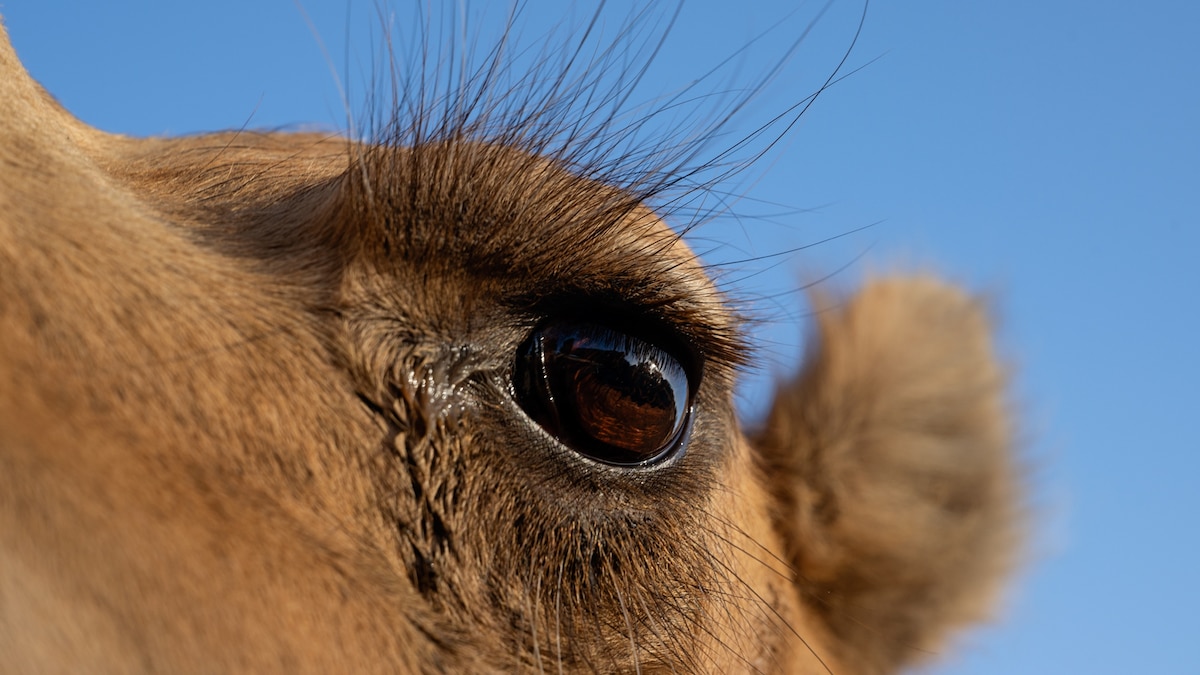Now Reading: Australia Grapples with Growing Feral Camel Crisis
-
01
Australia Grapples with Growing Feral Camel Crisis
Australia Grapples with Growing Feral Camel Crisis

rapid Summary
- Issue: Australia faces a feral camel crisis, with its outback hosting the world’s largest population of wild camels-estimated at over a million. These animals were introduced during the 19th century to assist British colonialists but now cause extensive ecological and infrastructural damage.
- Impact:
– Camels consume important water supplies,damage pipes,fencing,and structures like air conditioners.- Their destruction affects cattle ranch operations and Aboriginal communities reliant on water sources poisoned by camel carcasses during droughts.- Economic losses from camel-related damages have not been updated as a $12 million estimate in 2013; the issue worsens due to drought conditions exacerbating contact with humans and livestock.
- Responses:
– Ranchers like jack Carmody take matters into their own hands through large-scale culling (up to 800 camels/year) and YouTube documentation (“Jack Out The Back”).
– Former government-funded culling programs ended after political interest waned in urban centers; experts say current methods are insufficient as populations keep rising.
- Alternative Solutions: Camel-based industries such as meat exportation, dairy production (milk/feta), trekking tourism, and racing have been proposed. However, scaling these ventures is challenged by cost inefficiencies compared to cattle farming or lack of market demand.
Images showcase moments from Carmody’s ranch-including shooting wild camels-and smaller-scale initiatives utilizing camels for racing events or trekking expeditions.
!24071726071.jpg”>Camel trekking expedition
Indian Opinion Analysis
Australia’s feral camel crisis highlights critical issues stemming from introducing non-native species without proper long-term management-a scenario relevant for India as it grapples with similar challenges involving invasive flora like Lantana or fauna such as Nilgai. Like Australia’s dilemma where prior purpose transformed into environmental threat post-disuse (colonial-era transportation vs unrestricted wild breeding today), India’s history also holds lessons about balancing ecological preservation alongside agricultural needs.
India may find parallels notably in how cultural sensitivities complicate solutions grounded in practicality-for example, addressing animal welfare concerns converging with economic perspectives around culling strategies versus lasting commercialization efforts (like dairy/meat production). Implementing ethical yet actionable policies against invasives requires both innovative thinking rooted locally as seen here eco-industry scale applies pragmatism/tools helps core! Placing smallholder programs/rural belts particular resonates wider forward preparedness prevention repeats scenarios ongoing worldwide.”)

























